STIR/SHAKEN statistics from June 2024
The June 2024 STIR/SHAKEN and robocall statistics are now available. The data show the latest trends in robocalls, STIR/SHAKEN participation, and attestation level usage. The latest trends are improving. Let’s have a look.
We’ve been publishing monthly STIR/SHAKEN statistics since April 2021. These numbers are gathered from well over a hundred voice service providers using our STIR/SHAKEN and robocall prevention solutions. The data describe calls they received from 981 other voice service providers that originated calls, including some robocalls, signed with STIR/SHAKEN.
Signed robocalls by attestation level
Robocalls down
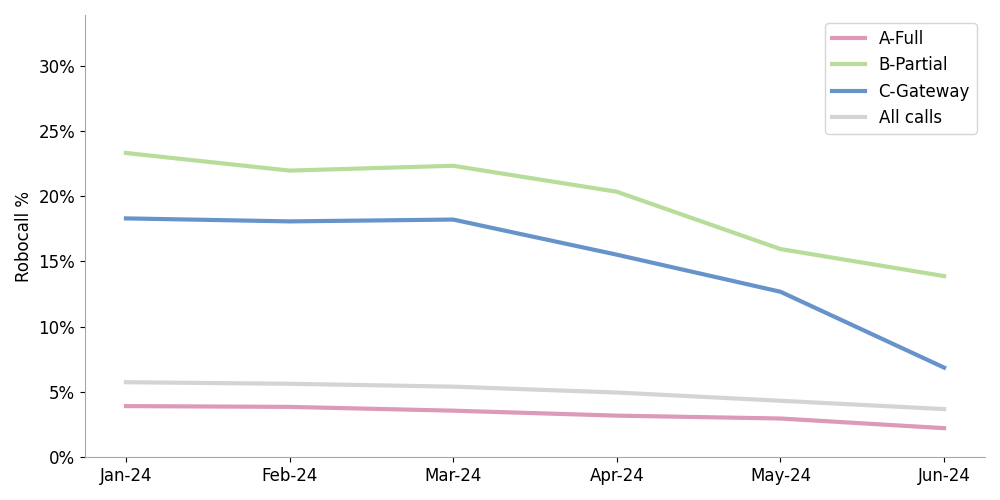
Figure 1. Signed Robocalls by Attestation Last 6 Months
Figure 1 shows signed robocalls by attestation level over the past six months. The numbers are encouraging. Robocalls were down 0.7% for calls signed with A-level attestation, down 2.0% for calls signed with B-level attestation, and down 5.8% for calls signed with C-level attestation. Overall, robocalls were down 0.4%. These decreases are like what we observed in April and May 2024. The good news continues!
STIR/SHAKEN participation and coverage
We measure STIR/SHAKEN participation changes in two ways:
- The number of Originating Service Providers (OSPs) signing calls received by our customers,
- Service providers authorized to do SHAKEN by the STI Policy Administrator (STI-PA),
SHAKEN signing level
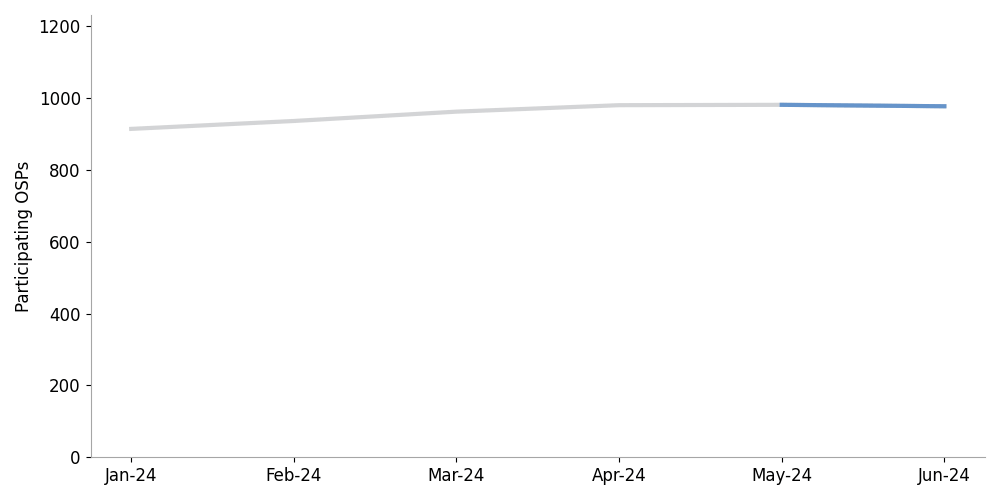
Figure 2. Monthly Number of OSPs Sending Signed Calls
Figure 2 shows the number of Originating Service Providers (OSPs) signing calls. This number has been hovering around 980 for the past three months.
The number of SHAKEN-authorized providers stays level
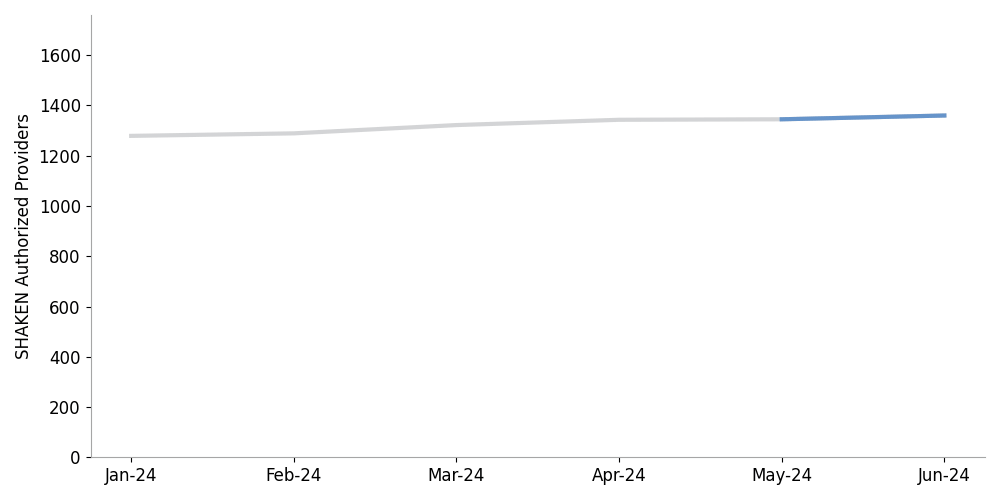
Figure 3. STIR/SHAKEN Authorized Providers by Month
Figure 3 shows the number of SHAKEN authorized providers. We saw a slight increase of 15 additional SHAKEN-authorized providers in June.
These two measures show that the STIR/SHAKEN participation remained level.
STIR/SHAKEN coverage
Signed calls at termination up sharply
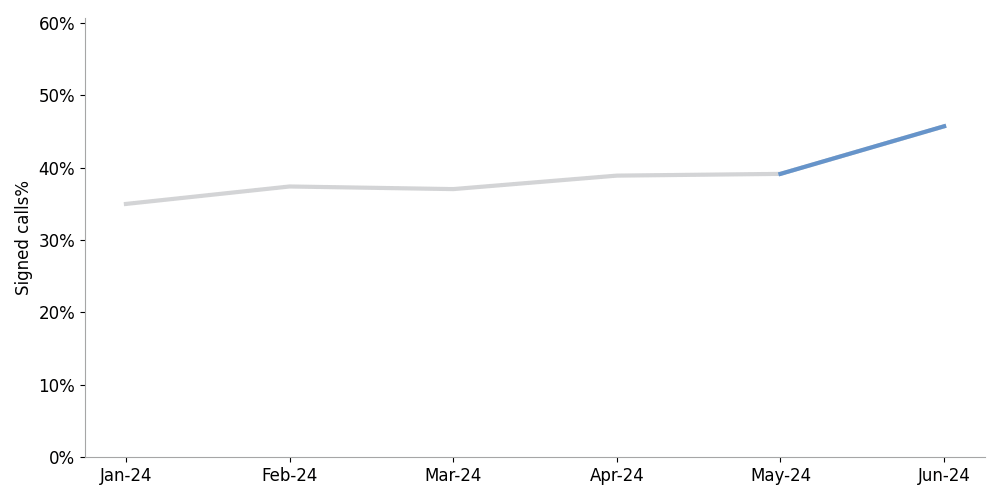
Figure 4. The Percentage of Signed Calls at Termination Last 6 Months
Figure 4 shows the percentage of signed calls at termination for the past six months. This statistic was 45.7% in June, up 6.6% from 39.1% in May. This is the largest monthly increase we’ve seen in three years. Great news!
STIR/SHAKEN coverage is still far too low to realize the benefits. Coverage can only be extended in a meaningful way by interconnection carriers replacing non-IP connections with SIP connectivity or by a mandate for them to use an approved method for transmitting SHAKEN information across non-IP barriers, such as Out-of-Band SHAKEN, for example.
Calls by attestation level
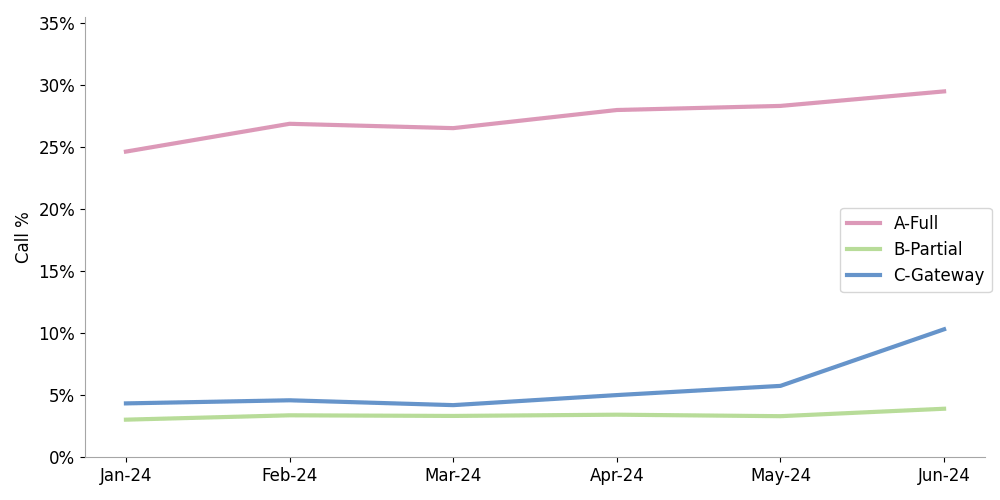
Figure 5. Percentage of Calls with SHAKEN Attestation Levels Last 6 Months
Figure 5 shows the percentage of calls signed by attestation level. Calls signed with full A-level attestation were 29.5% in June, up slightly from 28.3% in May. Calls signed with B-level attestation were 3.9%, up from 3.3% in May. Calls signed with C-level attestation increased sharply to 10.3% in June, up from 5.8% in May.
It seems fair to say that the sharp increase in authenticated calls in June was mostly calls authenticated with C-level attestation. Yet even with this increase, the percentage of robocalls among C-level calls dropped 5.8%. This evolution of call authentication and robocall statistics is great news.

Patterns among prolific robocall signers
Here are robocall and attestation statistics for the top 10 SHAKEN-authorized providers ranked by the percentages of signed calls identified as robocalls.
Robocalls from prolific robocall signers down
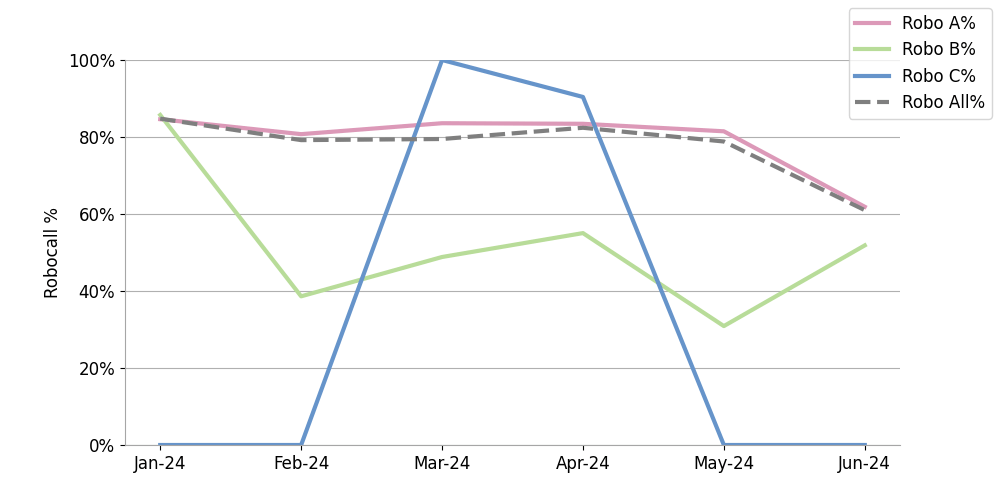
Figure 6. Robocall Percentage by Attestation—Prolific Robocall Signers by Robocall %
Figure 6 shows robocalls authenticated by the top 10 robocall signers over the past six months. In June, these robocall percentages were down 19.6% for calls signed with A-level attestation, and up 21.0% for calls signed with B-level attestation. The robocall percentage for all calls among the top 10 robocall signers was down 17.8%.
What about robocalls signed with C-level attestation by the top 10 prolific robocall signers? In previous months, this percentage was low and steady. In June, one SHAKEN signer improved its robocall mitigation, which dropped it out of the top 10 robocall signers. This signer was replaced by another. The signer that dropped out from the top 10 signs a lot of calls every month, and some of them with C-level attestation.
The new top 10 robocall signers authenticate very few calls with C-level attestation, and fewer still are robocalls. That’s why this line now looks so erratic. We left it in for completeness, but the takeaway is that the current top 10 robocall signers authenticate very few calls with C-level attestation, as we can see in the next illustration.
Calls from prolific robocall signers
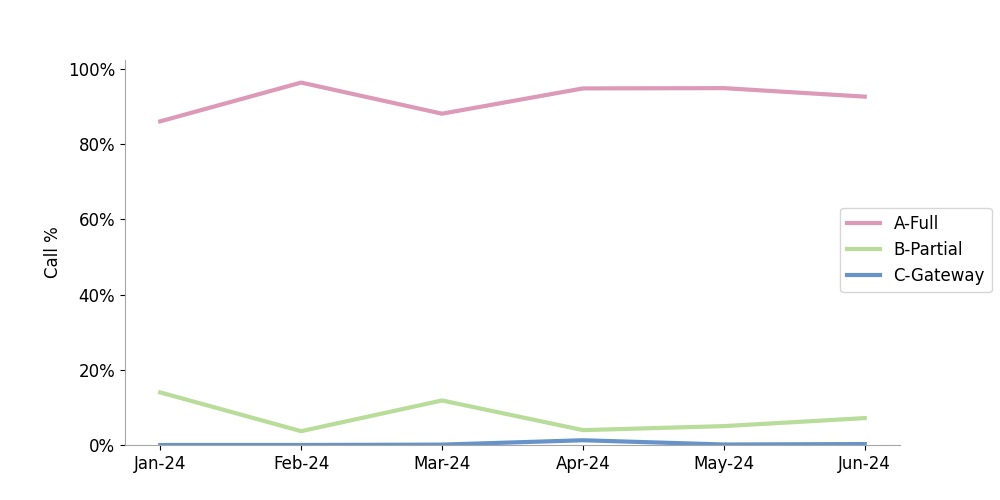
Figure 7. Call Percentage by Attestation—Prolific Robocall Signers
Figure 7 shows the percentages of calls signed by the top 10 robocall signers by authentication level. This shows that they sign most calls with A-level attestation, a small portion with B-level attestation, and almost none with C-level attestation.
Recap
- Overall robocalls were down slightly.
- Robocalls were down 5.8% among calls signed with C-level attestation.
- STIR/SHAKEN participation increased slightly but was essentially level.
- STIR/SHAKEN coverage jumped 6.8%, the largest increase we’ve seen in three years.
- It seems most of the additional signed calls were signed with C-level attestation.
- Despite this jump, the percentage of C-level robocalls dropped 5.8%.
- The percentages of robocalls signed by the top 10 prolific robocall signers were lower for calls they signed with A-level attestation, which is most of their calls.
TransNexus solutions
TransNexus is a leader in developing innovative software to manage and protect telecommunications networks. The company has over 25 years of experience in providing telecom software solutions including branded calling, toll fraud prevention, robocall mitigation and prevention, TDoS prevention, analytics, routing, billing support, STIR/SHAKEN, and SHAKEN certificate services.
Contact us today to learn more.
Our STIR/SHAKEN products:
- Work with your existing network
- Support SIP and TDM
- Affordable, easy to deploy